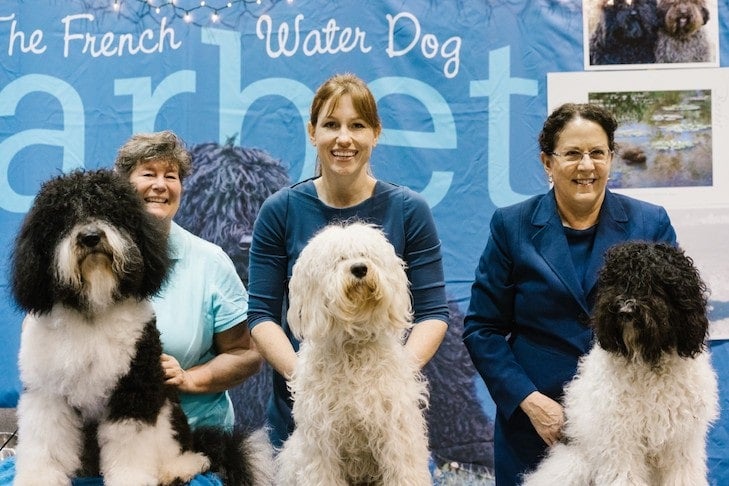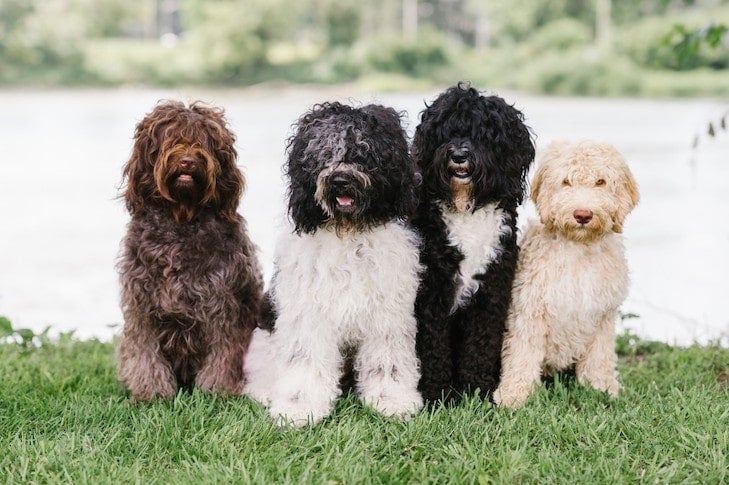
There seems to be no shortage of fun-filled adjectives to characterize the Barbet, one of two dog breeds earning full American Kennel Club recognition on January 1, 2020.
For starters, try playful, quirky, goofy, clownish, and loving. According to the biggest Barbet boosters – longtime Barbet Club of America (BCA) officers – “loyal” and “smart” should be added to the mix as well. For fun, you can toss in “doodle,” a common, constant misidentification made by others upon seeing a Barbet.
“At one point, I had someone try to convince me that it was indeed a ‘Goldendoodle’,” recalls BCA club treasurer Lynn Vogt-Kinsey. “I said ‘no, it’s a rare breed called a Barbet.’ He went away confused and shaking his head.”
The Barbet was introduced to the United States for the first time in 1994. Today, there are an estimated 500 in the country. The national breed club members number slightly more than 100.
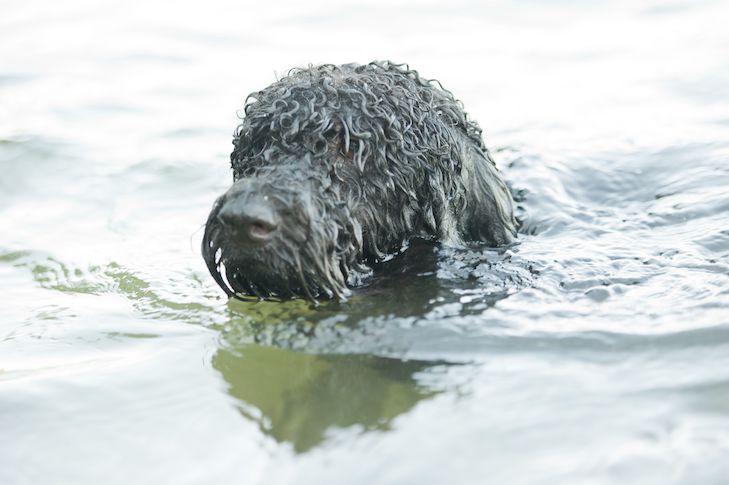
“They have wonderful temperaments,” affirms Vogt-Kinsey, who owns Anam Chara Barbet with her sister Leslie. “The name of our business, Anam Chara, is Celtic for ‘soul friend’, which is exactly what these dogs are.”
In case you’re wondering about pronunciation, it’s Bar-bay. Appropriately, the name comes from the French word “barbe,” meaning beard. When the Barbet steps into the show ring officially in 2020, it will compete in the Sporting Group alongside other breeds traditionally developed to hunt and retrieve feathered game. 2020’s other newly-recognized AKC breed, the Dogo Argentino, will be joining the Working Group.
Bringing the Barbet to America
The point pair for the Barbet’s growth and development in the U.S. has been Stacy and Walter Able, of Indianapolis, with an early assist from Walter’s sister Susan Able. But, it came in an unconventional manner.
“Susan has a knack for finding unusual things,” says Stacy, BCA founding member, former president, and current vice president. “She found out about the Barbet breed and imported a female, Luna, in the fall of 2000.”
Walter, then Stacy’s boyfriend, met Luna upon her arrival in the United States. Eventually, Luna was bred with a Barbet from Canada and Susan gave Walter the pick of the litter, a female named Xela. Within a few years, their breezy Barbet odyssey was underway.
Xela was the first Barbet to be registered with the AKC. The Ables’ first import came in 2008. That Barbet, Cinna, came from a breeder whose father was bred after World War II and was key in rescuing the depleted breed. Cinna wasted no time leaving his mark on Stacy.
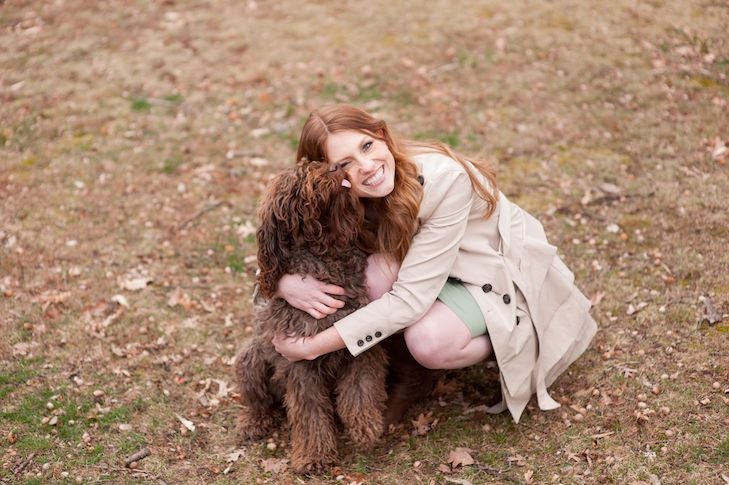
“I attended my very first dog show,” she recalls with a smile. “It was in French and I don’t speak French. Both Walter and I had some sort of flu so were slightly out of it. Before I headed into the ring, Cinna, who had been on a farm in France and was about six months old, peed on my leg. Then, we went into the ring and both of us were struggling as he stacked in the wrong direction. Cinna earned best male puppy, which was a nice start to our dog show journey, but him marking me as his still makes me laugh.”
Barbet Breed Information
While still relatively new in the U.S., the Barbet is one of the original water dogs deployed in France since the 16th century for hunting waterfowl. However, the World Wars wreaked havoc on the breed, nearly leaving it extinct. But thanks to the efforts of a few dedicated fanciers, it was slowly given a rebirth and worked its way to North America. Today, there are an estimated 2,000 Barbet across the continent. The chief density of the breed in the U.S. is in New England and the Midwest.
The Barbet, whose weight ranges between 30-60 pounds, is believed to be the ancestor of several of today’s popular breeds, including the Poodle, Bichon Frise, Otterhound, Newfoundland, Briard and others.
As you would expect with a Sporting breed, the Barbet is versatile, active, and family-oriented. Their activity wheelhouse includes conformation, agility, dock diving, disc dog, and anything that propels them in motion. In that respect, they also make terrific therapy dogs. The Ables are members of Love on a Leash in Indianapolis and visit local hospitals and nearby elementary schools with the “Read to a Dog” program.
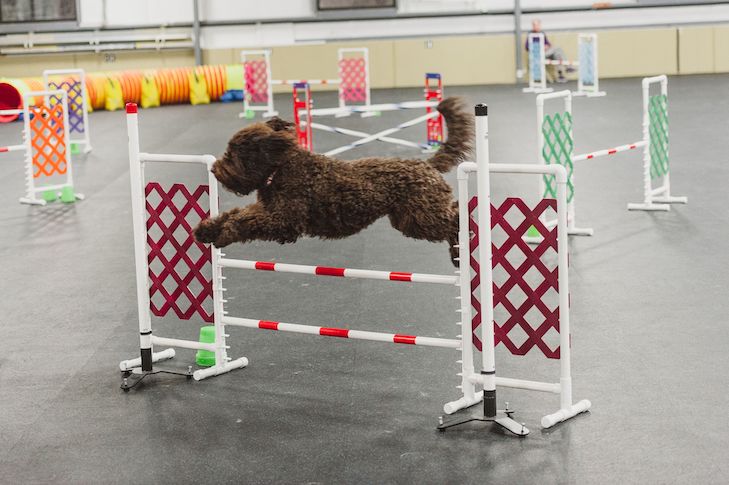
“If being a therapy dog was an AKC event, the Barbet would have some champions,” says Stacy. “Owners devoted to training, socializing, and exercising their Barbet will discover an amazing companion that few breeds can match. They are happy family members, but do need direction and training.”
Barbet can thrive in apartments if they receive adequate daily exercise. However, they are not great distance running companions, as they can get overheated. Unlike some other breeds, they tend to love the winter as their curled coats keep them warm.
Becoming a Barbet Owner
Club president Barbara Gresham laughs when asked what type of owner best suits a Barbet.
“Someone who likes to brush and comb their dog frequently,” says Gresham. “And someone who doesn’t want to be in the bathroom by themselves.”
The high-maintenance curly coat is part of the breed’s signature. Historically, their hair is to protect and warm them in marshes while retrieving waterfowl. They were not meant to be shaved to the skin, and their shaggy look is one of the breed’s charming characteristics. However, as with other breeds, Barbet can be prone to genetic issues, including epilepsy, progressive retinal atrophy, and hip dysplasia.
“We are working hard to eliminate those from the genetic pool,” says Able. “We have a relatively young population in the United States, so we will have to gather more data as we progress. Breeders on the BCA website are required to test hips, elbows, and eyes.”
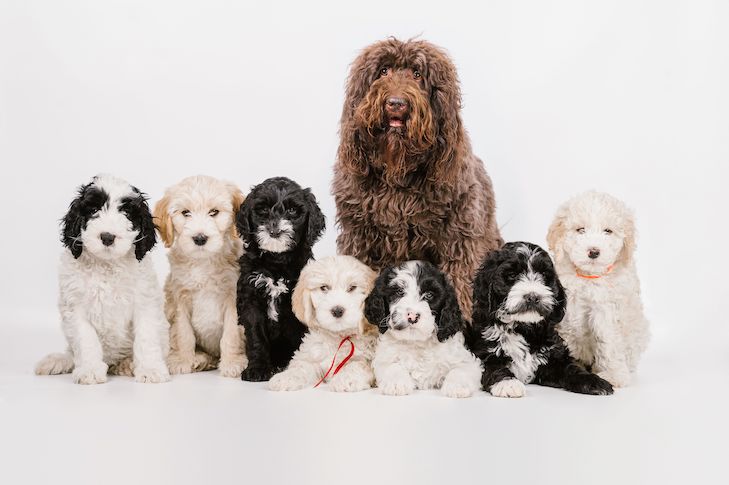
Males range from 21-24½ inches tall, while females reach 19-22½ inches. In both sexes, weight should be in proportion to height. Coat colors include all shades of black, gray, brown, and fawn, which all may include white markings.
If you’re sold on the breed by now, you will need to sit down and ponder the price for a Barbet puppy. Be prepared to spend in the neighborhood of $2,500-$4,000, and expect up to a year-long wait in some cases.
Joining the Pack of AKC Recognized Breeds
The route to full AKC recognition can be taxing and challenging and may take several years. The proud Barbet owners were asked to consider what has been the most satisfying – and exasperating – aspects of the path towards full breed recognition.
“Satisfying- I think that we have been able to work together as a team and have had strong, knowledgeable leadership,” says Vogt-Kinsey. “Exasperating- I can’t think of a thing! But the push to produce enough litters to qualify was certainly challenging.”
“Most satisfying- getting there,” says Gresham, keeping it succinct. “Exasperating- meeting all the requirements.”
The breed’s charisma and carriage are certain to capture America’s fancy in early 2020 with an avalanche of media attention. While price may hold many back, Barbet backers are not concerned about the potential impending instant popularity.
“It’s been such a journey since 2004,” says Able. “We’ve imported Barbets from the Netherlands, Switzerland, Canada, and France, and have had so many fun adventures along the way. The love of this breed has resulted in connecting with hundreds of families in the States and other countries. We’ve been prepping for ten years now, so I feel we are ready. It will be exciting and rewarding to introduce our breed to the American public.”
